Paycheck Protection Loan Program
Congress passed the Coronavirus Aid, Relief, and Economic Security (CARES) Act on March 27, 2020. This Act provides relief for small businesses and their employees who are adversely affected by the outbreak of COVID-19. There were several provisions for businesses, but 3 key features are as follows:
- Employee Retention Credit- Eligible employers are granted a credit against employment taxes equal to 50% of qualified wages for employees who are not working due to partial cessation or significant decline in gross receipts.
- Payroll tax deferral-This defers the payment of the employer’s share of FICA taxes (6.2% portion) for the period including March 27, 2020 to December 31, 2020.
- Paycheck Protection Loan Program (PPLP)-an emergency lending facility, administered by the Small Business Administration (SBA), to provide small business loans on favorable terms to borrowers impacted by the current state of economic uncertainty.
The PPLP targets businesses with 500 employees or less, is partially forgivable and can be used to cover short-term operating expenses during the economic crisis. The loan available is the lessor of $10,000,000 or 2.5 times average monthly payroll costs. Payroll costs being defined as wages, salaries, healthcare benefits and other. Payroll costs do NOT include any compensation to individuals earning more than $100,000 on an annual basis, as prorated for the covered period. The loan will cover operating costs from February 15, 2020 to June 30, 2020.
The features of the loan include six months of deferred payment, fee waivers and a streamlined application process. The loans will have a maximum interest rate of 1% and a maximum term of 2 years. Most importantly borrowers are eligible for loan forgiveness equivalent to the sum spent on covered expenses during the eight-week period after the loan is originated. This is forgiven on a tax-free basis. To qualify for forgiveness, employers must maintain their pre-crisis level of full-time equivalent employees, otherwise the forgiveness is prorated. The amount to be forgiven is the sum of payments made during this eight-week period for operating expenses including payroll costs, mortgage interest, rent, and certain utility payments. The rent/utilities portion can be no more than 25% of the loan for it to be 100% forgivable.
Borrower requirements include a good faith certification that the loan is necessary to maintain payroll and certification that no other assistance is being received. No collateral or personal guarantee is needed. We have inquired of several local banks regarding the application process as the application can be made through any authorized SBA lender. We will keep you posted as more information is received, as it appears the SBA will be overwhelmed with applications.
There are other provisions to the Act, but we wanted to give you the most critical aspects immediately so that action can be taken.
For more information about the CARES Act, Download the CARES Act Summary Report by CCH/Walters Kluwer courtesy of CPAmerica
This material is generic in nature. Before relying on the material in any important matter, users should note date of publication and carefully evaluate its accuracy, currency, completeness, and relevance for their purposes, and should obtain any appropriate professional advice relevant to their particular circumstances.
Share Post:









